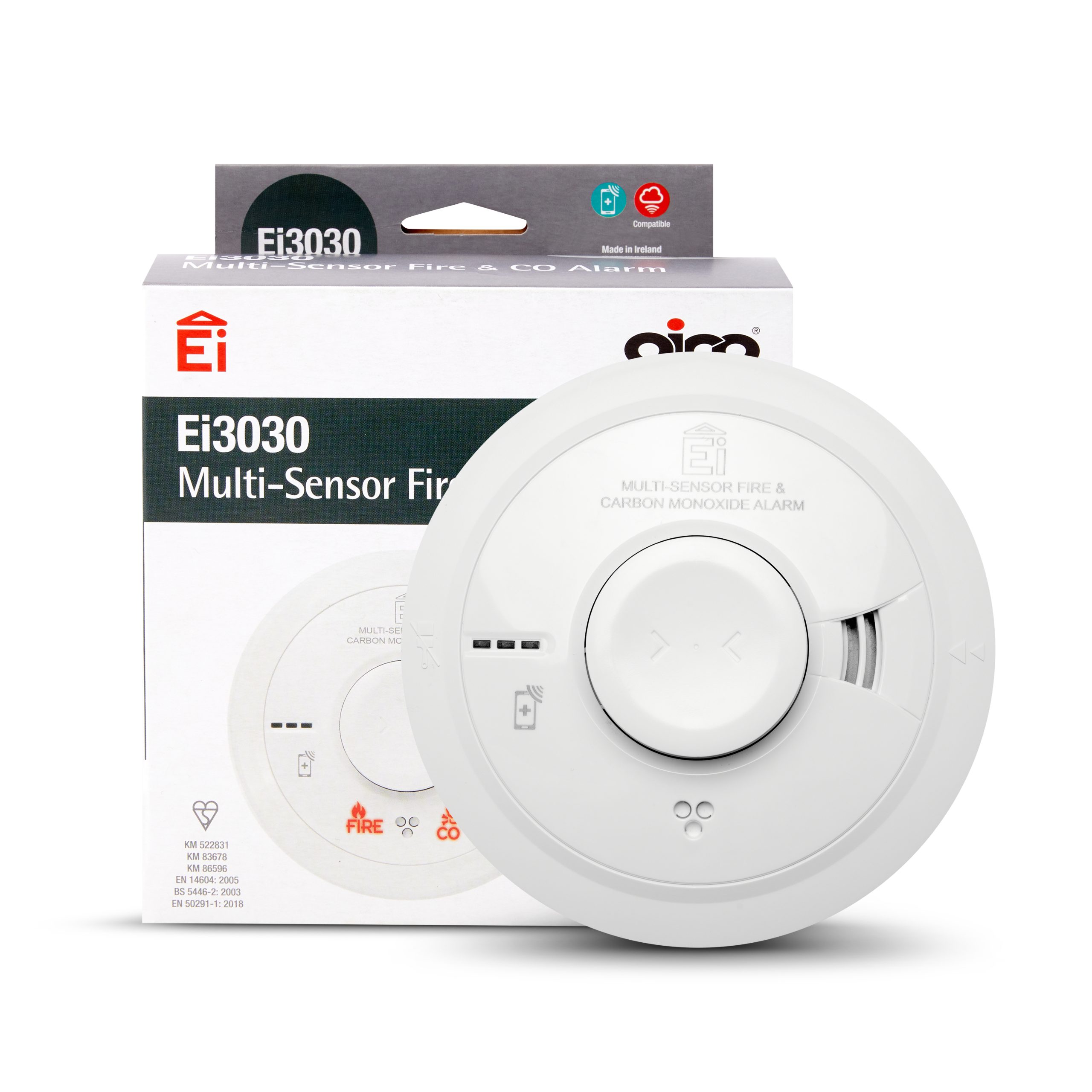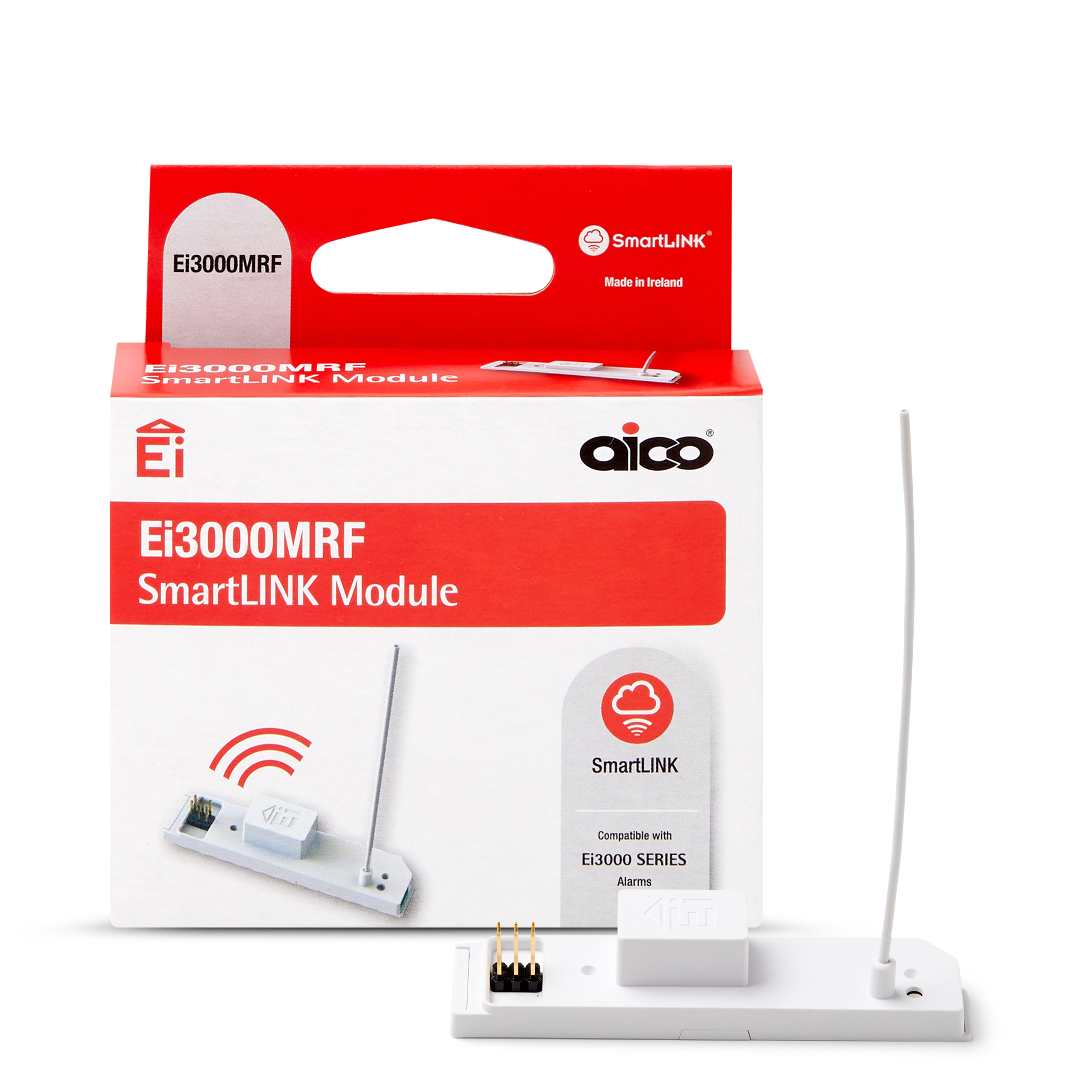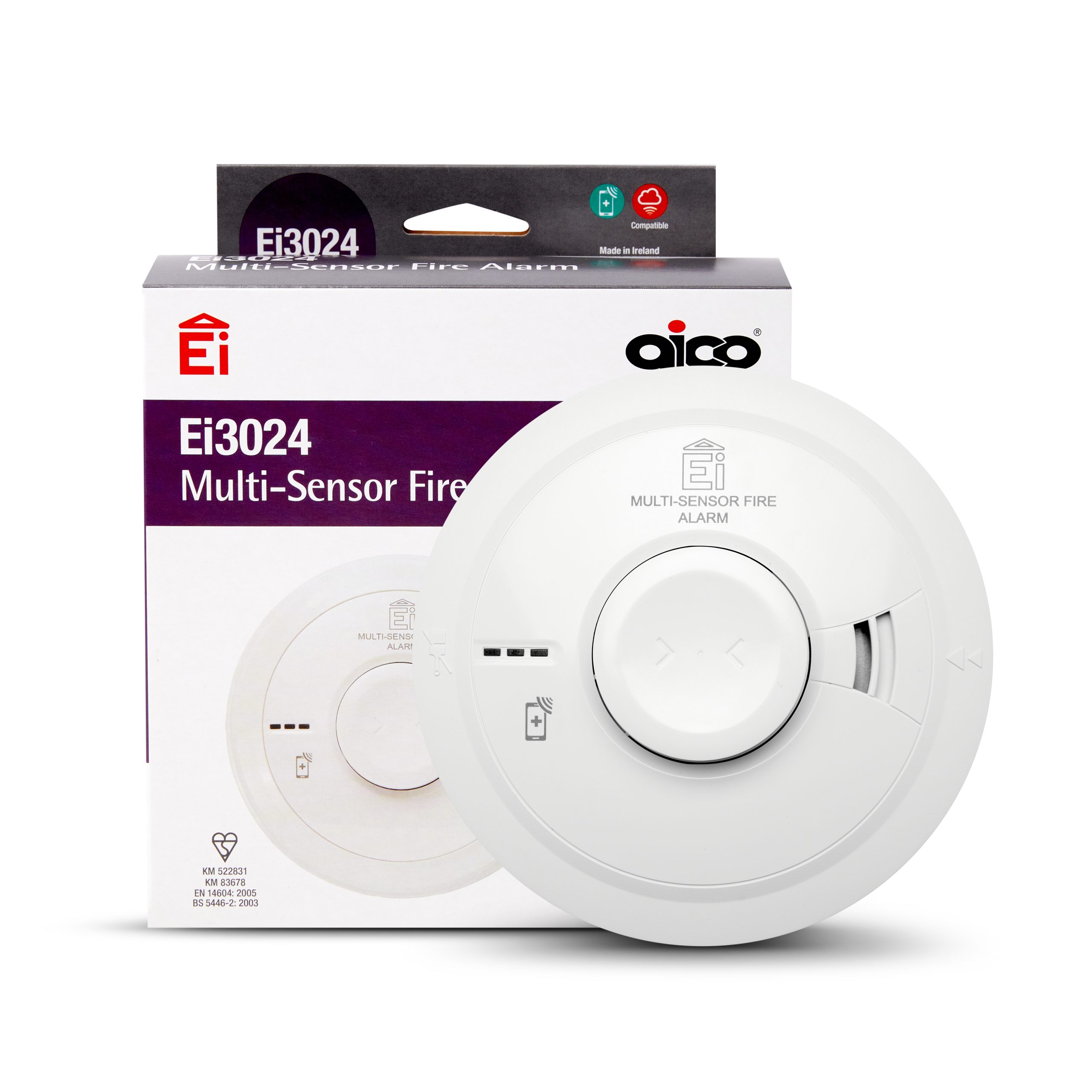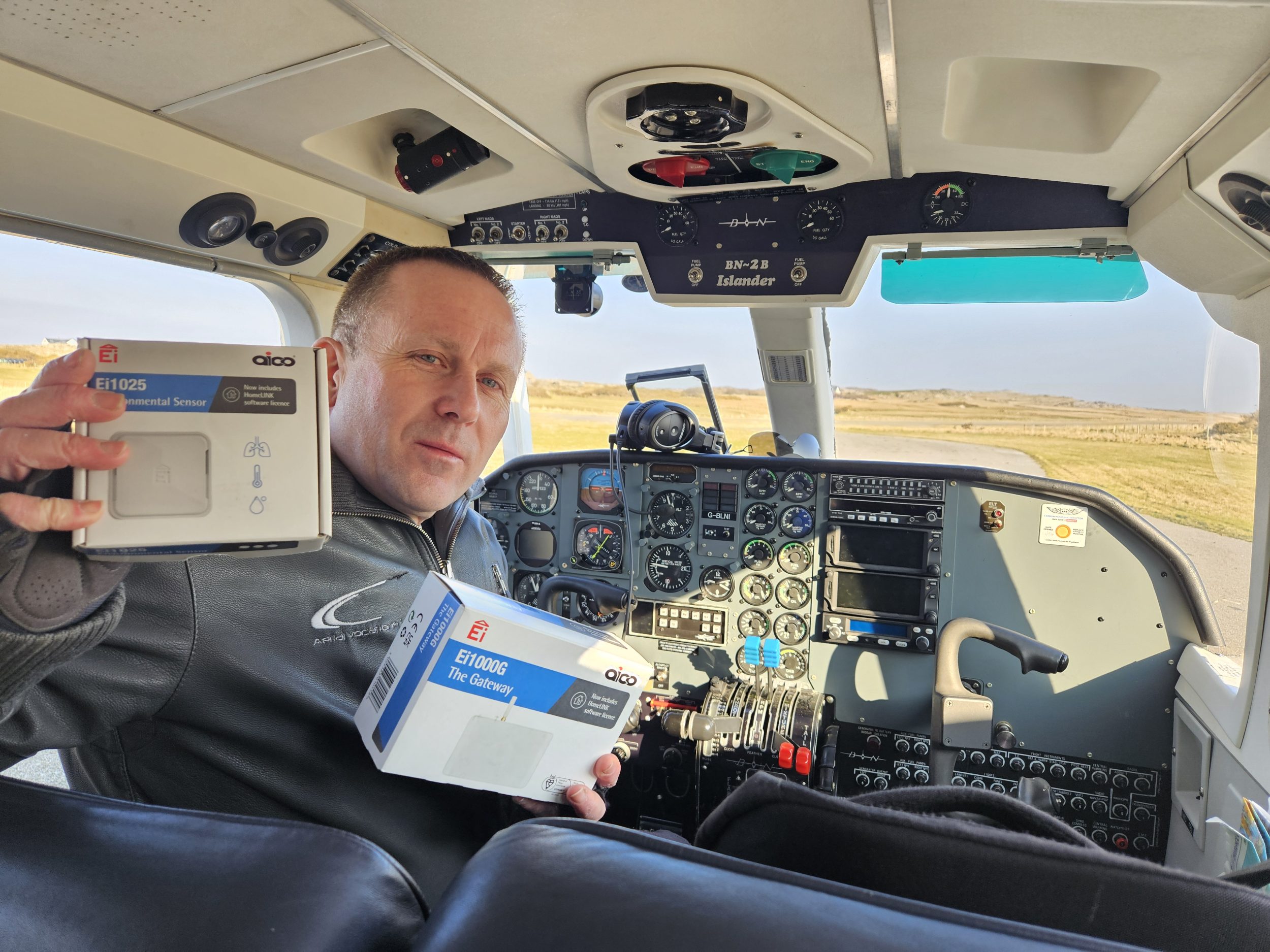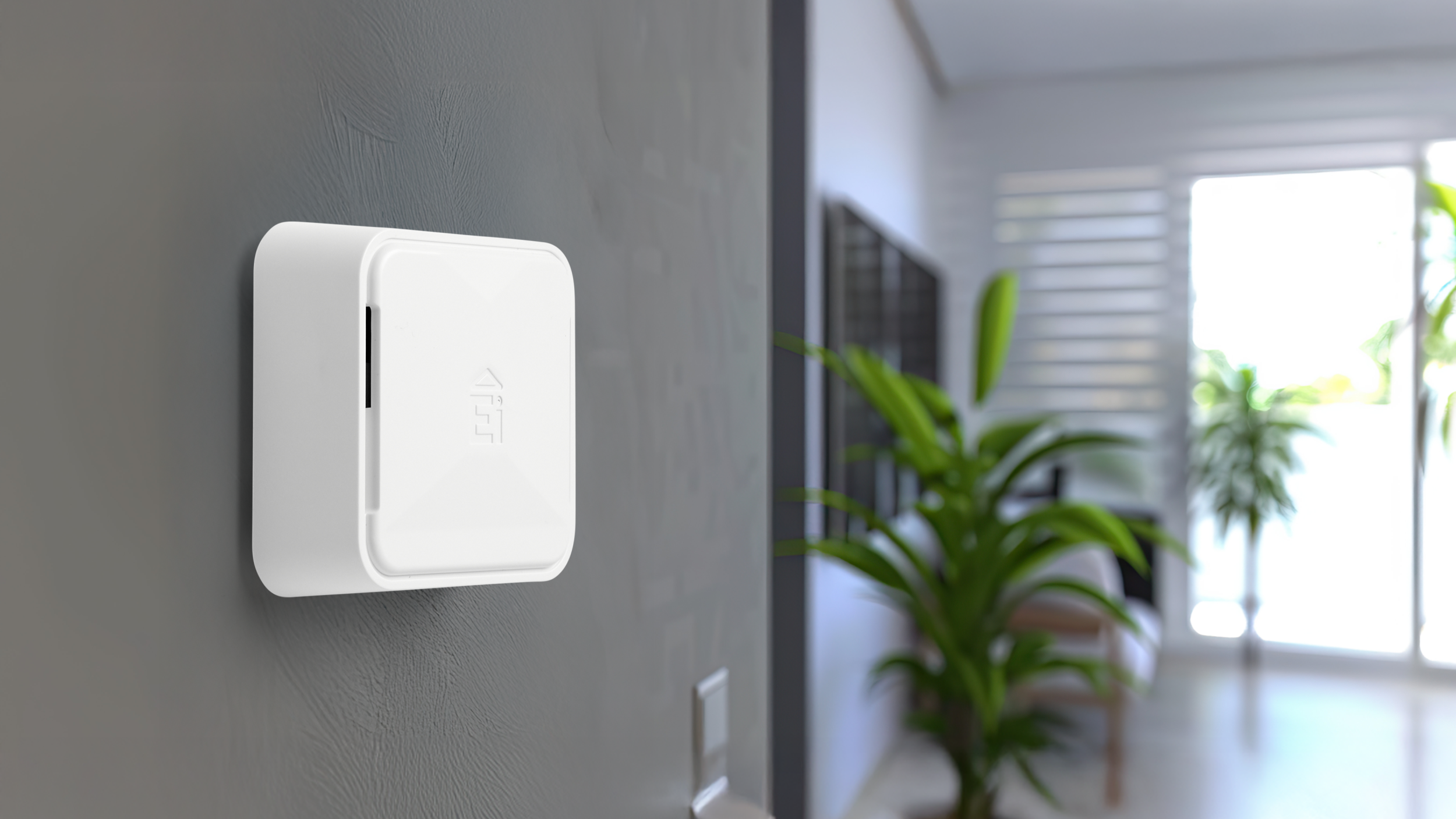Smoke Alarm Installs: The Hidden Requirement in BS 7671
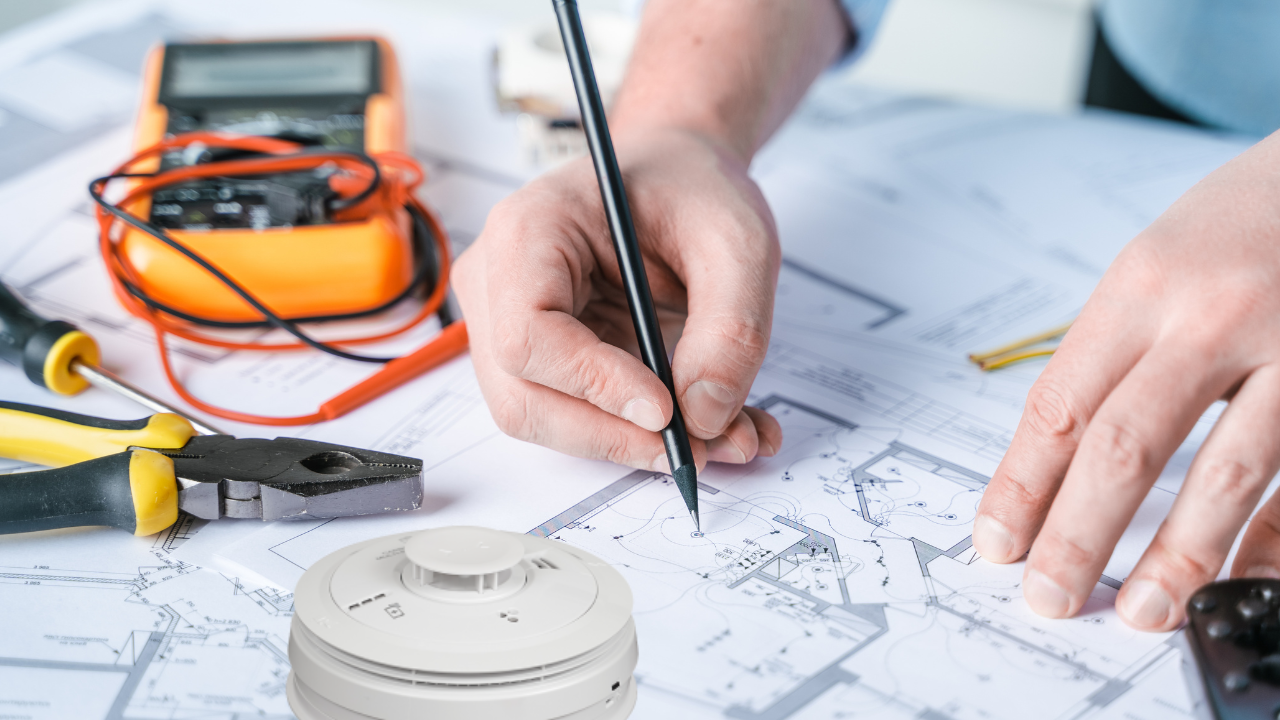
Don’t get caught off guard! Even if you’re familiar with BS 7671 and the electrical wiring regulations, you might be missing a crucial detail lurking within its pages. This seemingly innocuous line tucked away at the back holds major implications for electricians – and your next smoke alarm installation could depend on it.
That line simply states: “Fire detection and fire alarm systems shall comply with the relevant parts of BS 5839 series.” But what it truly means is that BS 5839:6, another British Standard specifically dealing with fire alarm systems, is inseparable from BS 7671 when it comes to smoke alarm installations. Remember, the word “shall” in the appendix clarifies – complying with BS 5839:6 isn’t optional, it’s mandatory.
Membership Matters: Why Compliance is Key
For electricians, adhering to BS 7671 is essential. It’s the foundation for maintaining your NICEIC or equivalent membership – and your good standing in the industry. So, that paragraph linking BS 7671 to BS 5839:6 leaves no room for ambiguity. New smoke alarm installations or partial upgrades must meet the minimum requirements of BS5839:6, which vary depending on the type of property:
- Rented properties: Grade D1 Category LD2 is the minimum.
- Private dwellings: Grade D2 Category LD2 (New/Materially altered property or where rewire is undertaken), Grade D2 Category LD3 in existing properties.
The standard states that the level of protection for the occupants needs to be directly related to the fire risk, the categories of system describe the level of protection the systems provide:
- Category LD2: A system incorporating detectors in all circulation areas that form part of the escape routes from the premises, and in all specified rooms or areas that present a high fire risk to occupants, including any kitchen and the principal habitable room.
- Category LD3: A system incorporating detectors in all circulation areas that form part of the escape routes from the premises.
Real-World Example: Avoiding Costly Oversights
Working alongside local housing providers in my area, upgrading kitchens and bathrooms, heat alarms get installed in kitchens during the upheaval – a smart move. But what about the rest of the house? If the living area isn’t equipped with a smoke alarm, the entire installation fails to comply with BS 5839:6, and consequently, BS 7671.
Missing that single alarm could mean trouble:
- Rework and frustration: You might need to rip up carpets and floorboards to install the missing alarm, adding time and complexity to the project.
- Damage and delays: Unforeseen property damage and potentially upset clients are never desired outcomes.
Radio Frequency: A Modern Solution
But there’s good news! Wireless Radio Frequency (RF) technology offers a convenient and flexible alternative to traditional wired systems. With RF products and accessories, you can avoid the hassle of lifting floorboards and keep everything neat and tidy.
Products like Aico’s Ei3000MRF Module are part of the next generation of Radio Frequency Wireless Interconnection. The Ei3000MRF Module allows for wireless interconnection and data extraction when installed into any of Aico’s 3000 Series alarms.
Stay in the Know, Stay Compliant
For electricians in England, Wales, and Northern Ireland, complying with BS 7671’s point 560.10 boils down to one thing: mastering BS 5839:6. Remember, Grade D1 Category LD2 is the minimum for rentals, and Grade D1 Category LD2 is the standard for private dwellings in accordance with BS 5839:6. Don’t let a hidden requirement trip you up – stay informed, stay compliant, and keep your clients safe.

